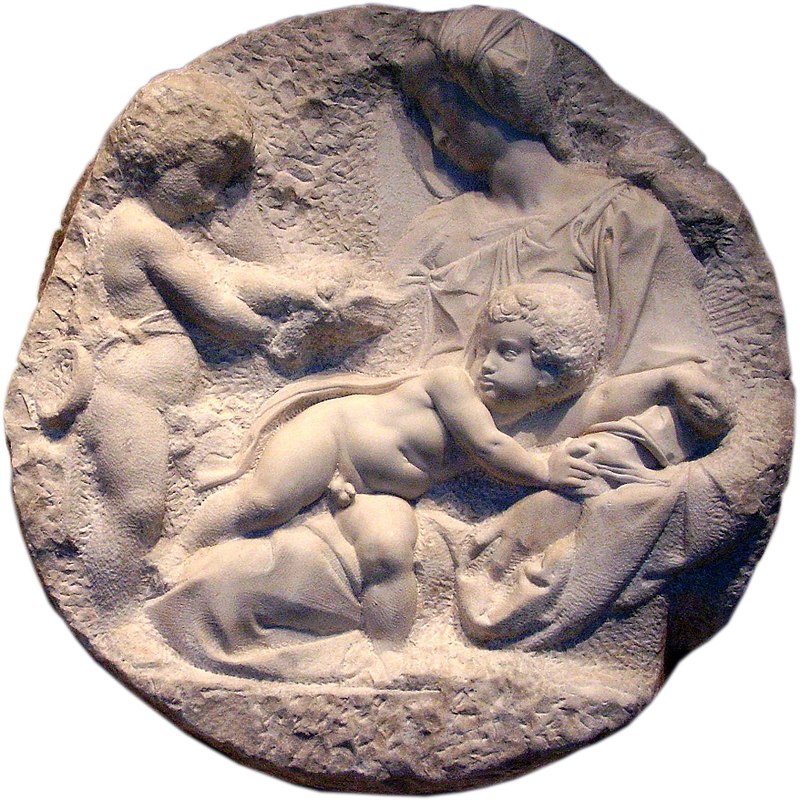The Hay Wain is much derided. Over familiar, over merchandised, it is one of those paintings which people have long stopped looking at, yet which has never quite achieved untouchable 'national treasure' status, like, say, The Fighting Temeraire. Recently it has gained new exposure in parody and satire - Peter Kennard's anti-nuclear version - but it has also become embattled as part of the 'contested landscape' debate. It is either brave, or perverse, of the National Gallery to devote one of their brilliant 'Discover' exhibitions to it. Hats off because it is a gem of a show, which should make everyone look and think again about not only this painting, but John Constable's work in general. Next year we will be approaching the 250th anniversary of his birth, to be celebrated with a heavyweight Tate Britain showdown between Constable himself and JMW Turner. This is a good way to kick things off.
The Hay Wain's big problem is that everything about it seems conservative and old-fashioned to twenty-first century eyes. It is not just the rural setting, the horse and cart, the picturesque cottage; it is the manner of execution which seems, to us, so 'finished'. In fact, Constable's real difficulty is that he falls between two stools. His work, as a telling contemporary quote on the wall at the start of the show explains, was actually considered too loose, too sketchy and too difficult to look at. The curators give us a fine wall of nineteenth century landscapes, including examples by John Linnell and Francis Danby, which prove the same point. And up close, in person, the dashes of white, the imprecision, the textured dottiness of Constable's work become impossible to ignore. Subconsciously, they are always there, affecting the way we view it. The cosy artificiality of earlier landscapes - staged groups of figures, light and shade balanced compositions, faded distance - register as paintings and judged accordingly. Constable is assessed against nature and naturalism. Our brains link his visible hand forward to Impressionism and find him wanting, but judged against what was known and seen in the 1820s his radical technique is blatantly obvious.
The show also contextualises the Hay Wain within Constable's own work - other examples of his big, finished set pieces - The Cornfield, Salisbury Cathedral from the Bishop's Grounds - and preparatory sketches. There are the inevitable cloud studies, despite the fact that his interest in the sky really post-dates the Hay Wain. More interestingly, we can follow the development of the painting itself from early representations of Willy Lott's cottage through to the full scale sketch which acted as a plan - but not an identical one - for the finished work. This is landscape which is carefully orchestrated, certainly confected if not contested, in an attempt to produce something which was both personally and artistically meaningful, and yet fell within the bounds of academic acceptability. Again, the exhibition provides ample contemporary evidence that Constable was pushing the boundaries - along with the galling truth that it was the French who first saw the aesthetic value of this most English of landscapes.
There are those who will think the National Gallery have skirted round the issue of Constable's idealisations and omissions. The show contains contemporary cartoons and one of Stubb's harvesting scenes where the sturdy labourers are presented as fine specimens in a way reminiscent of his images of race horses, but the curators avoid jumping on the 'art as social history' bandwagon. There are no starving peasants, no rampant enclosure, no radical unrest, in Constable's work but should we really expect there to be? He is both painting his own, necessarily limited, experience as a member of a land-owning family, and constructing finished canvases from memory, generating an inbuilt nostalgia which was never going to be realist reportage. Historians have been deconstructing Constable's representations of rural life ever since John Barrell's brilliant 1980 Dark Side of Landscape - there's plenty there if you want to look for it, but please don't throw him under a bus for not being Courbet.
The National Gallery's 'Discover' exhibitions rarely disappoint, but the Hay Wain show is particularly impressive. Giving the most banally familiar of paintings space and context, quite literally makes you see it with fresh eyes. Constable is always the dull, worthy counterpoint to the Turner's bravura excitement. But underestimate him at your peril. His paint fizzes with life, dense and dazzling in equal measures. You feel the glow of the sunlight and become immersed in the barely there details. Soak it up. Enjoy.
.jpg/1024px-John_Constable_-_The_Hay_Wain_(1821).jpg)





